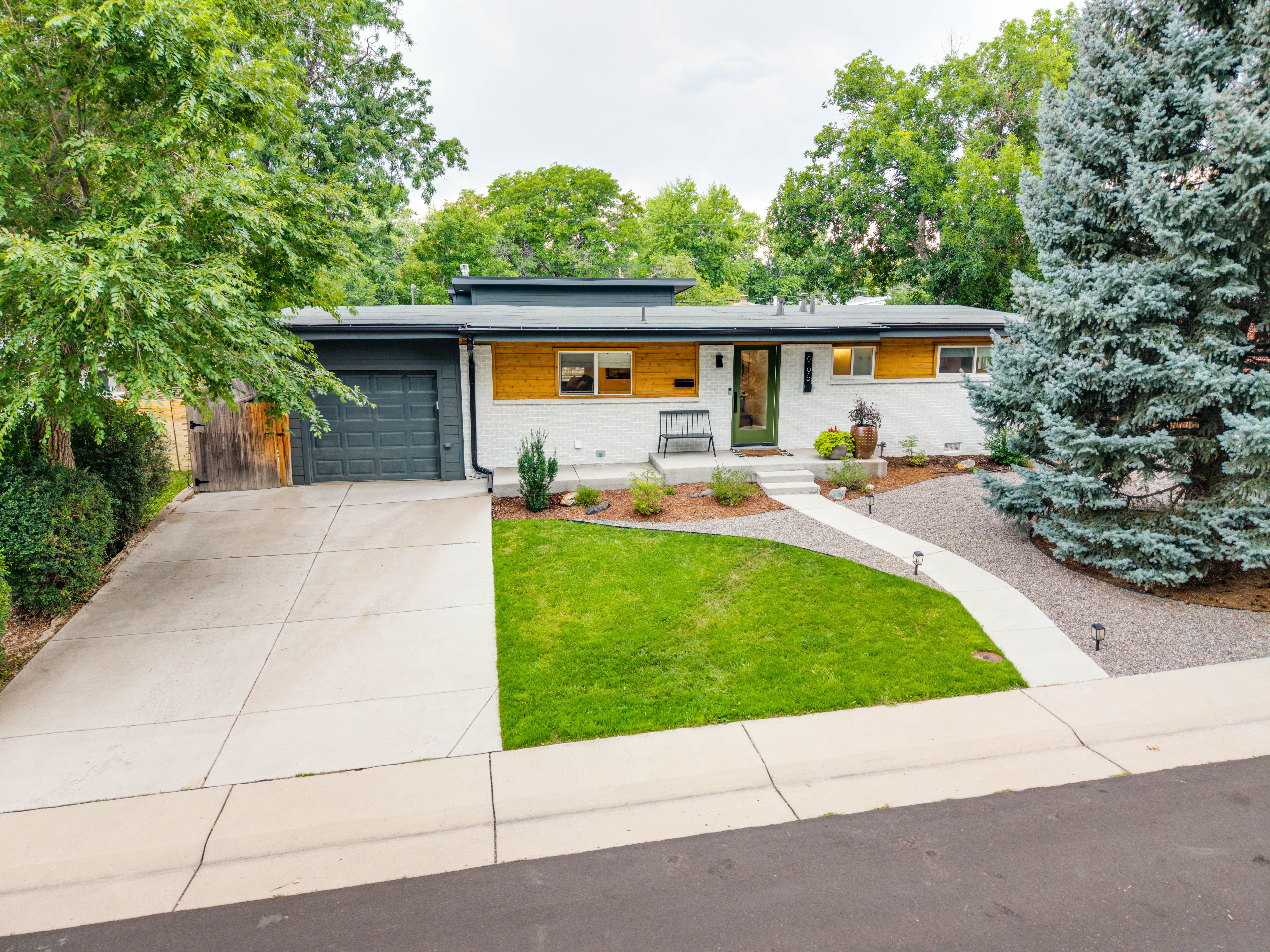The Sky is Not the Limit | A History of Boulder’s 55′ Height Limit
by Osman Parvez
 |
| a future that didn’t happen in Boulder |
In November 1967, CU law school student Ruth Wright wrote a seminar paper called “History of Height Control and Environmental Aspects.” It sparked a movement which led to the passage of an amendment to the city charter limiting the height of buildings to 55 feet. The amendment saved historic buildings in downtown and the view to the mountain backdrop.
Last night, I attended a talk on the history of height limits in Boulder. The 55′ height limit has widespread support today but back in ’67, it was controversial and polarizing. I was also surprised to learn that developers had once planned dozens of skyscrapers in the downtown area and they almost were allowed.
Key Takeaways
- Safety concerns with high-rise buildings were an important issue that led to passage of the amendment. Boulder’s fire chief at the time was in favor of the 55′ limit because the fire department only had equipment that would reach 70′. Proponents of the limit wanted developers, not taxpayers, to pay the additional cost to fight fires above this level. Developers balked at the idea.
- Plan Boulder and other proponents of the amendment only had two months to campaign. A series of contentious debates were held in Boulder during the Autumn of 1971 featuring dualing slide shows. Prominent Boulder Architect Carl Worthington was against the 55′ height limit and led the debate for the opposition. Ruth Wright’s photographs of Worthington’s downtown Denver skyscraper were instrumental in swaying public opinion.
- Boulder has a long history of using emergency ordinances as a precursor to permanent regulation. Along the way to passing the 55′ height limit amendment, City Council used a series of interim ordinances to limit the height of buildings to 100′. The first emergency ordinance was for a 6 month term and it was twice extended.
- In addition to Plan Boulder, another group called Boulder Tomorrow was instrumental in the passage of the amendment. This group is not to be confused with today’s Boulder Tomorrow, which has co-opted the name.
- The 55 height limit is not by right. Plan Boulder and other prominent Boulder groups continue to expect a community benefit. The height limit also doesn’t apply to state and federal entities like CU, NCAR, and NOAA. The Federal labs have largely respected the rule anyway. CU, not so much.
- In July 1971, the voting age in Colorado was lowered to 18. This turned out to be the key factor. The students were overwhelmingly in favor of the height limit and pushed the vote count in favor of its passage.
image: Paul Bica
—
As always, your referrals are deeply appreciated.
The Sky is Not the Limit | A History of Boulder’s 55′ Height Limit
by Osman Parvez
 |
| a future that didn’t happen in Boulder |
In November 1967, CU law school student Ruth Wright wrote a seminar paper called “History of Height Control and Environmental Aspects.” It sparked a movement which led to the passage of an amendment to the city charter limiting the height of buildings to 55 feet. The amendment saved historic buildings in downtown and the view to the mountain backdrop.
Last night, I attended a talk on the history of height limits in Boulder. The 55′ height limit has widespread support today but back in ’67, it was controversial and polarizing. I was also surprised to learn that developers had once planned dozens of skyscrapers in the downtown area and they almost were allowed.
Key Takeaways
- Safety concerns with high-rise buildings were an important issue that led to passage of the amendment. Boulder’s fire chief at the time was in favor of the 55′ limit because the fire department only had equipment that would reach 70′. Proponents of the limit wanted developers, not taxpayers, to pay the additional cost to fight fires above this level. Developers balked at the idea.
- Plan Boulder and other proponents of the amendment only had two months to campaign. A series of contentious debates were held in Boulder during the Autumn of 1971 featuring dualing slide shows. Prominent Boulder Architect Carl Worthington was against the 55′ height limit and led the debate for the opposition. Ruth Wright’s photographs of Worthington’s downtown Denver skyscraper were instrumental in swaying public opinion.
- Boulder has a long history of using emergency ordinances as a precursor to permanent regulation. Along the way to passing the 55′ height limit amendment, City Council used a series of interim ordinances to limit the height of buildings to 100′. The first emergency ordinance was for a 6 month term and it was twice extended.
- In addition to Plan Boulder, another group called Boulder Tomorrow was instrumental in the passage of the amendment. This group is not to be confused with today’s Boulder Tomorrow, which has co-opted the name.
- The 55 height limit is not by right. Plan Boulder and other prominent Boulder groups continue to expect a community benefit. The height limit also doesn’t apply to state and federal entities like CU, NCAR, and NOAA. The Federal labs have largely respected the rule anyway. CU, not so much.
- In July 1971, the voting age in Colorado was lowered to 18. This turned out to be the key factor. The students were overwhelmingly in favor of the height limit and pushed the vote count in favor of its passage.
image: Paul Bica
—
As always, your referrals are deeply appreciated.
Share This Listing!
More about the author
Osman Parvez
Owner & Broker at House Einstein as well as primary author of the House Einstein blog with over 1,200 published articles about Boulder real estate. His work has appeared in the Wall Street Journal and Daily Camera.
Osman is the primary author of the House Einstein blog with over 1,200 published articles about Boulder real estate. His work has also appeared in many other blogs about Boulder as well as mainstream newspapers, including the Wall Street Journal and Daily Camera. Learn more about Osman.
Work with
House Einstein
Thinking about buying or selling and want professional advice?
Call us at 303.746.6896
Your referrals are deeply appreciated.













